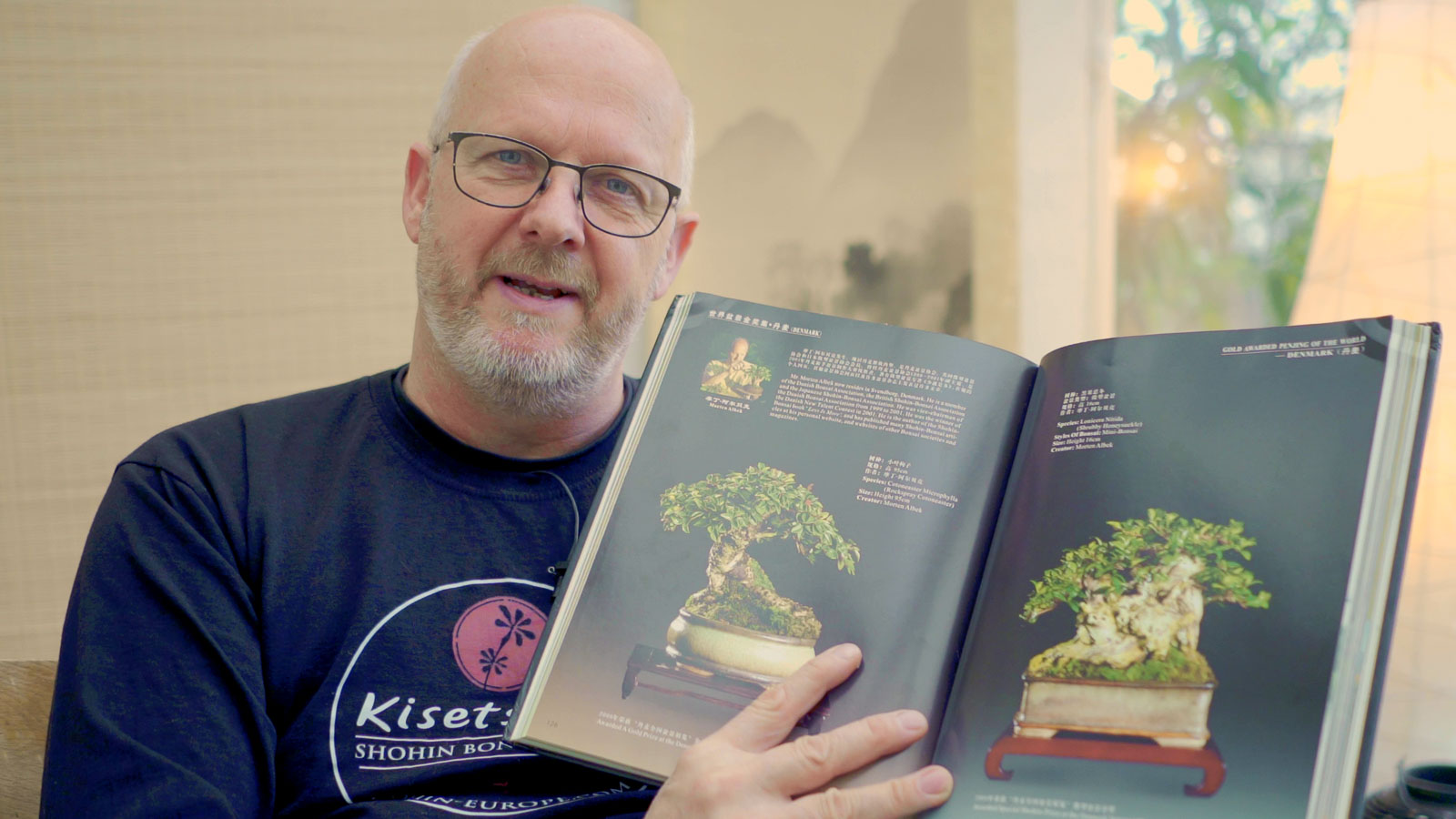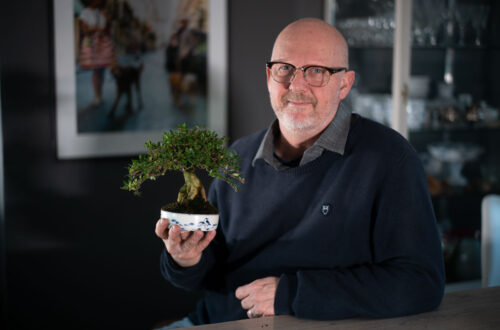Never sell your bonsai
You see these beautiful aged bonsai set for sale by private bonsai enthusiasts from time to time. For bonsai pros it is naturally a part of the business. But for private collectors I find it disturbing to see a personal tree set for sale. There can of course be a number of very good reasons to do so, and I will not be the judge off why it is so.
I just hope it is not for the one reason that you get bored with a tree. Bored of its development or bored of seeing at the same bonsai year in and year out. Bonsai attracts many artists who wants to create, being creative, making changes and event something new. I too enjoy the journey of starting something fresh and new, finding the way through the branches, discover the beauty of a tree within, challenging my visions and my artistic soul. But I find it even more rewarding to be there when the real beauty of a bonsai develops after years of training and care, and being there all the way.

Back to the business side of the subject. In Japan there is a food chain of pros developing bonsai in different stages. Stage one nurseries propagate new trees by seeds, cutting i.e. that they field grow and develop in containers to a certain stage. Stage two nurserymen then buys what they find interesting, and take the trees up the quality ladder. Step three is when the high end bonsai nurseries steps in and take over such a qualified bonsai, and put it up another step. Finally, already great bonsai are bought from private collectors that might have mistreated a bonsai, or no longer can have it because of age i.e. Or they buy it from another nursery on an auction. That’s how business is.

A few years ago I was asked about selling a good bonsai of mine. I was tempted for the money, but something in me said I shouldn’t. Maybe that’s why I gave it a price tag that was so high that it wasn’t sold, and after a few days I regretted and took it of the very short time sales list. The best decision I could have made.
My point is that I find it such a rewarding journey to stay with a bonsai throughout my lifetime, that I will not sell that rewarding experience.
The tree hopefully will shift hands when I am gone, but the reward in bonsai for me is to stay with the tree as long as I can. After a certain time of development, a bonsai will for years just have small adjustments from time to time, that not changes much of it´s overall expression. No big changes, just care and the ongoing small developments and corrections of twigs and branches, repotting, feeding and so on. No big artistry skills challenged, just daily care and steady commitment to the tree. Maybe the most difficult of all. Keeping the tree healthy and just caring.

This is where the big reward is found. Being with a tree for a long time, after developing it from raw material. Watching small changes happen over time, when bark ages, even on the finer branches developed over time, knowing the tree in the bones and enjoying watching it at a daily basis. Seeing it as it matures and becomes majestic.
There roughly are three types of bonsai people. The professional nursery growers who do not have trees they follow from scratch to mature high end specimen bonsai because they are sold before that happens or buys trees others have trained. Next there is the enthusiast who buys finished trees for pleasure and finally the enthusiast who do all the work from beginning to an established tree. The last one is the one where I find it difficult to see a personal developed tree over many years, just being sold because you get bored with it, not collecting the final reward of staying with the bonsai into the stage of ageing and perfection.
The absolute highest reward I get with my bonsai, is after some years where I can’t do much groundbreaking shaping and creative work to my bonsai for a long time, when the bonsai steps into the aged stage and needs steady daily care as the main effort.
Meanwhile I work creatively with other younger trees, and have the pleasure of this part of bonsai. This is when I begin noticing small changes in the bark structure, watching how it is spreading throughout the former young and now older branches. When the tree gets the Japanese wabi sabi feeling of age and imperfectness. When the nebari (root surface) develops with an aged expression you can’t force, and just have to sit and wait for. The same goes with pots that gets patina after years outside. Only time makes the changes.

I would miss all that if I sold a tree, so I don’t. I’ll leave that to the business people, and the enthusiasts who loses their interest in their trees because they rush to something new. But what I learn from trees I have developed and nursed for years, watching the beauty of nature as it ages and matures, I will not change for something else. Just a friendly reminder of thinking twice before you rush into something new, skipping the past and the history.



No Comments
Michael Cooper
Typo Morton? Newer sell your bonsai?
Morten Albek
Please clarify the question Michael 🙂
Morten Albek
Now I got it. Never write newer when you mean never 😀
gabegunz1
Thank you for this… so true. Heartfelt. Great advice. Good reminder.
Morten Albek
Thanks 🙂 Just my thoughts.
paulkenni
Such an inspiring article, thank you!
Morten Albek
Thanks 🙂
Harihara Sudhan
As always, a direct communique from the Heart! I wish you well from India.
Morten Albek
Thank you – I appreciate 🙂
BEGOC
Très bon article.
Morten Albek
Thanks.